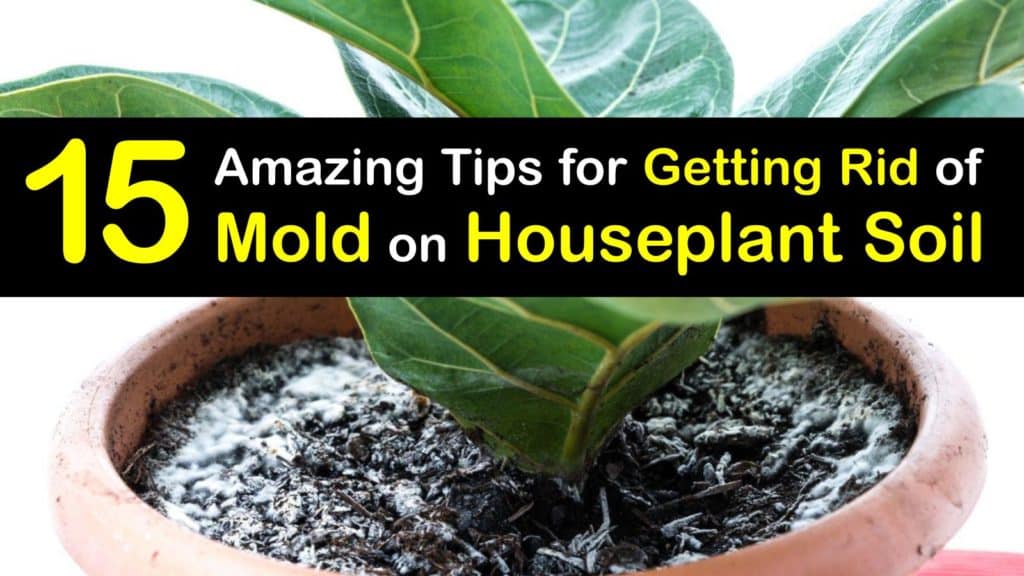Baby sage, with its soft green leaves and pleasing aroma, is a delightful herb to grow. However, this plant can fall prey to mold, which manifests as fuzzy splotches on leaves and stems. Mold thrives in damp, poorly ventilated areas and can quickly infect your baby sage. Thankfully, with some diligent care, you can banish mold and restore the health of your plant.
What Causes Mold on Baby Sage?
Mold spores are always present in the air and soil. When conditions are right they germinate and produce visible mold growth on plants. Common causes of mold on baby sage include
-
Excess moisture – Wet soil poor drainage, overwatering encourage mold.
-
Humidity – High humidity provides an ideal environment for spores to multiply
-
Poor air circulation – Stagnant, still air allows mold to thrive.
-
Leaf injuries – Cuts, bruises on leaves allow entry points for spores.
-
Old foliage – As leaves age and senesce, they become prone to mold.
-
Dense growth – Crowded, compact growth prevents air circulation.
-
Insufficient sunlight – Low light weakens the plant’s defenses against mold.
Identifying Mold on Baby Sage
Catching mold early allows quicker, easier treatment. Signs of mold on baby sage include:
-
White fuzz or powdery patches on leaves, especially along veins on the undersides.
-
Gray, black or green velvety coating on leaves and stems.
-
Water-soaked spots which become speckled.
-
Plants appear limp, deformed, stunted.
-
Circular, spreading lesions on foliage.
-
Leaves turn yellow, wilt and drop off.
-
Webbing visible on affected parts.
-
Musty, stale odor from mold growth.
How to Get Rid of Mold on Baby Sage
Once mold is detected, take prompt action to eliminate it and prevent recurrence.
1. Improve Air Circulation
-
Increase spacing between plants to allow air movement.
-
Use small fans indoors to maintain gentle airflow around plants.
-
Move plants to a sunnier spot outdoors.
-
Avoid dense, compact growth by regular pruning.
-
Stake up sprawling, prostrate stems to improve ventilation.
2. Reduce Moisture and Humidity
-
Allow the soil to dry between waterings.
-
Avoid overhead watering which wets foliage. Instead, water at soil level.
-
Use well-draining soil and containers with drainage holes.
-
Discard excess water in drip trays to lower ambient humidity.
-
Increase sunlight exposure to dry leaves faster.
3. Remove Affected Foliage
-
Prune off all leaves and stems with visible mold.
-
Pick off and destroy infected plant debris. Don’t compost it.
-
Sterilize pruners before and after use with isopropyl alcohol.
-
Be sure to remove some healthy tissue along with infected parts.
4. Use a Baking Soda Spray
-
Mix 1 tablespoon baking soda + 1 gallon water + 1⁄2 teaspoon liquid soap.
-
Pour into a spray bottle and liberally mist plant 2-3 times a week.
-
The solution helps inhibit mold fungal growth.
5. Apply a Copper Fungicide
-
Copper fungicides deter mold growth. They are available as ready-to-use sprays.
-
Always follow label directions for correct dosage and application method.
-
Reapply every 7-14 days until mold is gone.
6. Use Chemical Fungicides
-
As a last resort, use commercial broad-spectrum fungicides containing chlorothalonil, myclobutanil, fenhexamid etc.
-
Avoid using these frequently as they may damage beneficial organisms in the soil.
-
Alternate chemical fungicides with non-toxic methods for best results.
Preventing Mold Recurrence on Baby Sage
Consistent care is key to keeping mold away for good:
-
Water early in the day so leaves dry quickly.
-
Propagate fresh plants from cuttings every 2-3 years.
-
Disinfect pots before reuse to eliminate spores.
-
Remove spent flowers and old leaves which can harbor mold.
-
Ensure plants get at least 4 hours of sunlight daily.
-
Allow good spacing for air circulation between plants.
-
Avoid overhead watering and maintain well-drained soil.
-
Monitor regularly and quickly treat any signs of mold.
Mold can rapidly infest baby sage if excess moisture and humidity are allowed to persist. Stay vigilant for the first signs of fungal growth like white spots or musty odors. Promptly treat using organic sprays, fungicides and preventative adjustments to growing conditions. With dedicated care, you can keep your baby sage healthy and mold-free even in damp environments.

️ Nutrient Know-How: Ensuring Your Sage Gets What It Needs
Nutrients are non-negotiable for Baby Sages growth. Incorporate loam for its nutrient-rich profile. Consider adding a slow-release fertilizer to keep your sage satisfied. Remember, though, more isnt always better—over-fertilization can harm your plant just as much as neglect.
Spotting Trouble: Signs Your Baby Sage Soil Isn’t Cutting It
White fuzz on your Baby Sages soil isnt a new type of seasoning—its mold. This uninvited guest is hogging the nutrients meant for your herb. If your nose picks up a musty scent, its time to take action. Get rid of the moldy soil, and prevent future fungal parties by improving airflow and reducing moisture.
Prevent & Treat Powdery Mildew and 4 Home Remedies that Work!!
FAQ
How do you get rid of mold on sage?
What is the white fuzz on my sage plant?
How do I get rid of mold on my plants without killing the plants?

